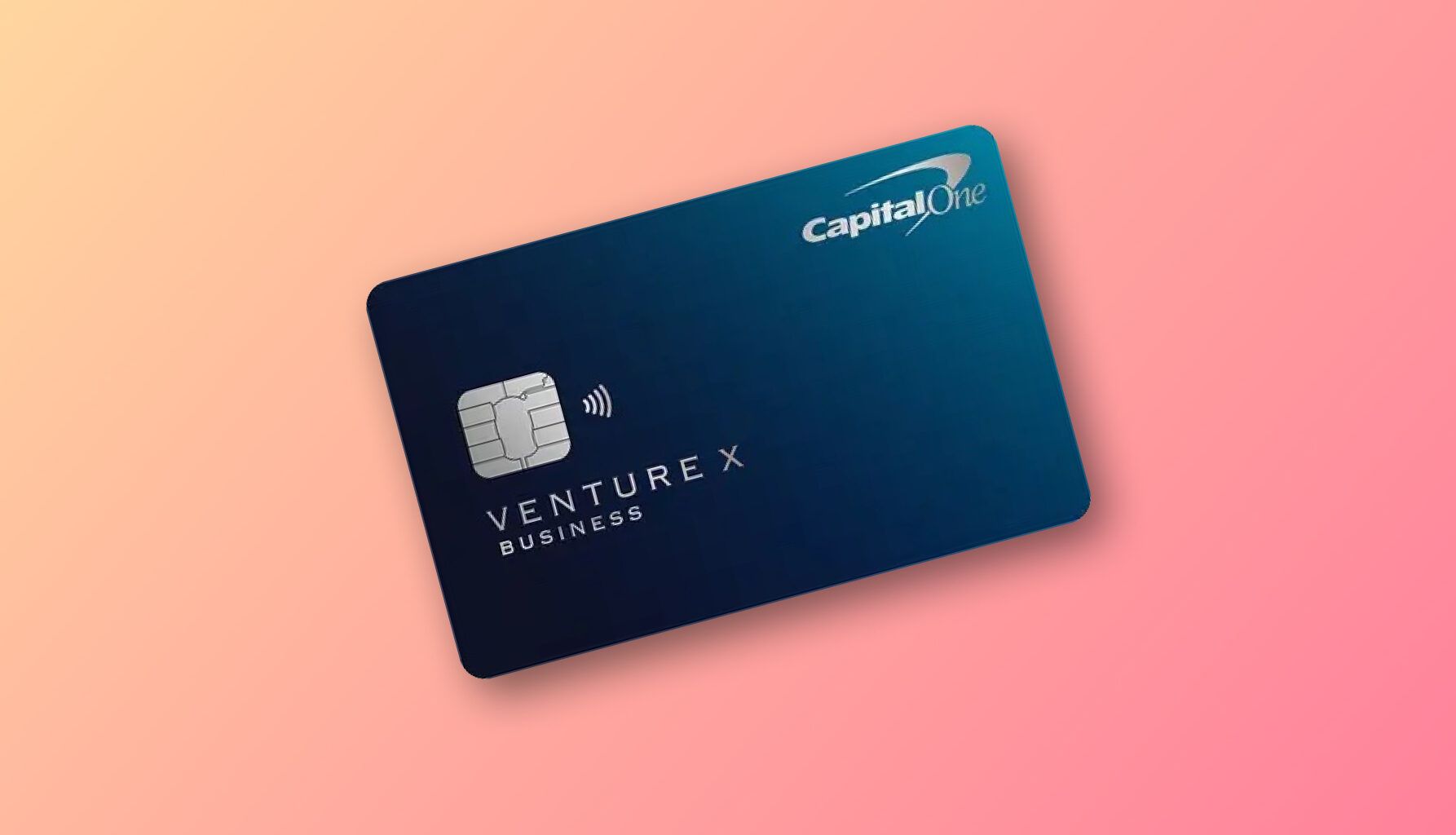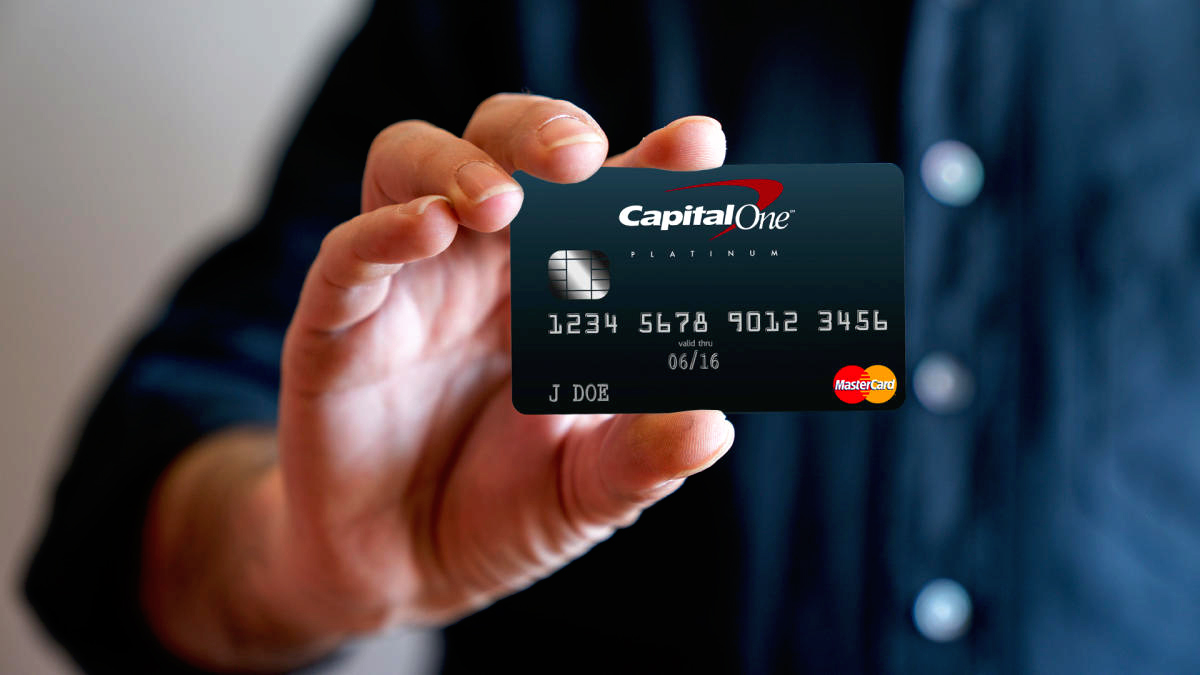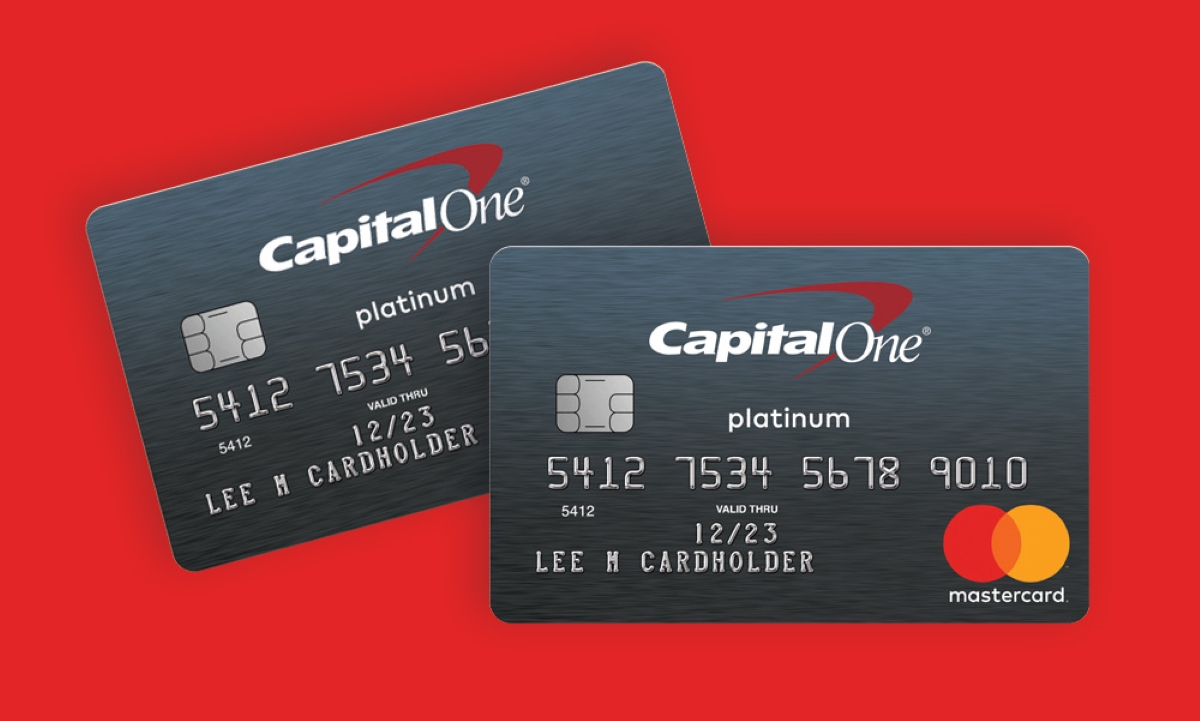Home>Finance>What Is The Minimum Payment On A Capital One Credit Card


Finance
What Is The Minimum Payment On A Capital One Credit Card
Published: February 25, 2024
Learn about the minimum payment on a Capital One credit card and how it impacts your finances. Find out how to manage your credit card payments effectively. Gain insights on finance.
(Many of the links in this article redirect to a specific reviewed product. Your purchase of these products through affiliate links helps to generate commission for LiveWell, at no extra cost. Learn more)
Table of Contents
Introduction
When it comes to managing credit card debt, understanding the concept of minimum payments is crucial. Many credit cardholders often focus solely on the minimum payment due each month, but the implications of this approach can be significant. In this comprehensive guide, we will delve into the intricacies of minimum payments on Capital One credit cards, shedding light on what they entail, how they are calculated, and the potential consequences of making only the minimum payment. By gaining a deeper understanding of this topic, you can make informed decisions about managing your credit card debt and work towards achieving financial stability.
Before we embark on this enlightening journey, it’s important to recognize that minimum payments play a pivotal role in the dynamics of credit card usage. They serve as the baseline requirement for maintaining a credit card account in good standing, but their impact extends far beyond the surface. As we navigate through the nuances of minimum payments on Capital One credit cards, you’ll uncover the factors that influence these payments, the potential pitfalls of making only the minimum payment, and effective strategies for managing your credit card debt responsibly.
Understanding Minimum Payments
Minimum payments represent the smallest amount a cardholder must pay each month to keep their account in good standing. For Capital One credit cards, this figure is calculated based on various factors, including the outstanding balance, interest charges, and fees. While it may seem like a manageable obligation, understanding the implications of minimum payments is crucial.
When cardholders make only the minimum payment, a significant portion of their payment goes towards covering the interest accrued on the outstanding balance, with only a fraction contributing to reducing the principal amount owed. This means that carrying a balance while making minimum payments can lead to prolonged debt and substantial interest charges, ultimately hindering your journey towards financial freedom.
By gaining a deeper understanding of minimum payments, you’ll realize that they serve as a fundamental aspect of responsible credit card management. While they offer a degree of flexibility in managing monthly expenses, it’s essential to comprehend their long-term impact. As we delve further into this topic, you’ll discover the various factors that influence minimum payments on Capital One credit cards, empowering you to make informed decisions regarding your financial well-being.
Factors Affecting Minimum Payments
Several key factors influence the calculation of minimum payments on Capital One credit cards. Understanding these elements is crucial for gaining insight into the dynamics of your credit card debt and making informed financial decisions. The following factors play a pivotal role in determining the minimum payment due each month:
- Outstanding Balance: The amount you owe on your Capital One credit card directly impacts the minimum payment. As your outstanding balance increases, so does the minimum payment due.
- Interest Rate: The annual percentage rate (APR) on your credit card determines the interest charges accrued on your outstanding balance. A higher APR leads to increased interest costs, consequently influencing the minimum payment amount.
- Fees and Charges: Additional fees, such as late payment fees or over-limit charges, can contribute to an elevated minimum payment for the subsequent billing cycle.
- Payment History: Your payment behavior and history can impact the minimum payment. Consistently late payments or missed payments may result in a higher minimum payment requirement.
- Credit Utilization: The ratio of your credit card balances to your credit limits, known as credit utilization, can affect the minimum payment. High credit utilization may lead to an increased minimum payment obligation.
By comprehending these factors, you can gain a clearer perspective on the components that shape the minimum payment on your Capital One credit card. This knowledge empowers you to assess your financial standing, make strategic decisions regarding your credit card usage, and proactively manage your debt to achieve long-term financial stability.
How to Calculate the Minimum Payment
Calculating the minimum payment on a Capital One credit card involves a straightforward yet crucial process. While the specific formula may vary based on the credit card’s terms and conditions, understanding the general principles underlying this calculation is essential for responsible financial management.
Typically, the minimum payment is determined by considering various factors, including the outstanding balance, interest charges, and fees. Although the precise method may differ, a common approach involves setting the minimum payment as a percentage of the outstanding balance, subject to a minimum dollar amount. For example, the minimum payment might be calculated as 3% of the total balance or a predetermined minimum, such as $25, whichever is greater.
Additionally, the minimum payment may encompass any accrued interest for the billing cycle, along with a portion of the principal balance to facilitate gradual debt reduction. It’s important to review the terms and conditions of your specific Capital One credit card to understand how the minimum payment is calculated, ensuring that you have a clear grasp of your financial obligations.
By comprehending the methodology behind minimum payment calculations, you can gain insight into the financial dynamics at play and make informed decisions regarding your credit card payments. This knowledge empowers you to budget effectively, manage your debt responsibly, and work towards achieving financial freedom by strategically addressing your credit card obligations.
Consequences of Making Only the Minimum Payment
Opting to make only the minimum payment on your Capital One credit card can have far-reaching consequences that extend beyond the immediate financial implications. While it may offer temporary relief by reducing the immediate payment burden, this approach can lead to a cascade of adverse effects that impact your long-term financial well-being.
One of the primary repercussions of making minimum payments is the prolonged duration required to pay off the outstanding balance. As a substantial portion of the minimum payment goes towards covering interest charges, the principal balance diminishes at a slower rate, resulting in an extended repayment timeline. This protracted debt repayment period translates into increased interest costs, ultimately amplifying the financial burden and impeding your journey towards debt freedom.
Furthermore, consistently making only the minimum payment can negatively impact your credit score. Credit utilization, a key factor in credit scoring models, reflects the ratio of your credit card balances to your credit limits. By perpetually carrying a high balance and making minimum payments, you may elevate your credit utilization ratio, potentially lowering your credit score and diminishing your financial flexibility.
Another consequence of adhering to the minimum payment cycle is the accumulation of substantial interest charges. Over time, the compounding effect of accruing interest on the outstanding balance can significantly inflate the total amount repaid, leading to a heightened financial burden and impeding your ability to achieve other financial goals.
By comprehending the ramifications of making only the minimum payment, you can gain a deeper appreciation for the long-term effects of this approach. This understanding empowers you to make informed decisions regarding your credit card payments, proactively manage your debt, and work towards financial freedom by adopting responsible financial practices.
Strategies for Managing Minimum Payments
Effectively managing minimum payments on your Capital One credit card is pivotal for maintaining financial stability and working towards debt reduction. By implementing strategic approaches to address your credit card obligations, you can navigate the complexities of minimum payments while making meaningful progress towards achieving your financial goals. Consider the following strategies to proactively manage your minimum payments:
- Pay More Than the Minimum: Whenever possible, strive to pay more than the minimum amount due. By allocating additional funds towards your credit card payments, you can expedite debt repayment and reduce the overall interest costs, ultimately accelerating your journey towards financial freedom.
- Create a Budget: Establishing a comprehensive budget that prioritizes debt repayment enables you to allocate resources effectively and manage your finances prudently. By identifying areas where you can reduce discretionary spending and redirect funds towards your credit card payments, you can make substantial strides in managing your minimum payments.
- Address High-Interest Debt First: If you have multiple sources of debt, consider prioritizing the repayment of high-interest balances, such as those on credit cards. By focusing on clearing high-interest debt, you can mitigate the impact of accruing substantial interest charges and pave the way for more efficient debt management.
- Explore Balance Transfer Options: Investigate the possibility of transferring high-interest credit card balances to a card with a lower APR. This can potentially reduce interest costs and provide a more favorable repayment environment, facilitating more effective management of your minimum payments.
- Communicate with Your Creditor: In cases of financial hardship or unforeseen circumstances, don’t hesitate to communicate with your creditor. Capital One may offer assistance programs or alternative payment arrangements that can alleviate the burden of minimum payments during challenging periods.
By incorporating these strategies into your financial management approach, you can navigate the complexities of minimum payments on your Capital One credit card with confidence and purpose. These proactive measures empower you to take control of your financial well-being, strategically manage your debt, and progress towards a future defined by financial stability and freedom.
Conclusion
As we conclude our exploration of minimum payments on Capital One credit cards, it’s evident that these seemingly modest obligations carry substantial implications for your financial well-being. By comprehending the factors influencing minimum payments, understanding the consequences of making only the minimum payment, and implementing strategic approaches to manage your credit card debt, you can chart a course towards financial stability and debt freedom.
It’s essential to recognize that minimum payments serve as a fundamental component of responsible credit card usage, providing a degree of flexibility while carrying significant long-term implications. By proactively managing your minimum payments and adopting prudent financial practices, you can mitigate the adverse effects of prolonged debt repayment, interest accrual, and credit score impact.
Empowered with the knowledge gained from this guide, you can approach your Capital One credit card obligations with confidence, leveraging strategic approaches to address your minimum payments and work towards achieving your financial goals. Whether it involves paying more than the minimum, creating a comprehensive budget, prioritizing high-interest debt, exploring balance transfer options, or engaging in open communication with your creditor, the proactive measures outlined in this guide equip you with the tools to navigate the complexities of minimum payments effectively.
Ultimately, by embracing a proactive and informed approach to managing minimum payments on your Capital One credit card, you can pave the way for a future defined by financial stability, prudent debt management, and progress towards your broader financial aspirations.














